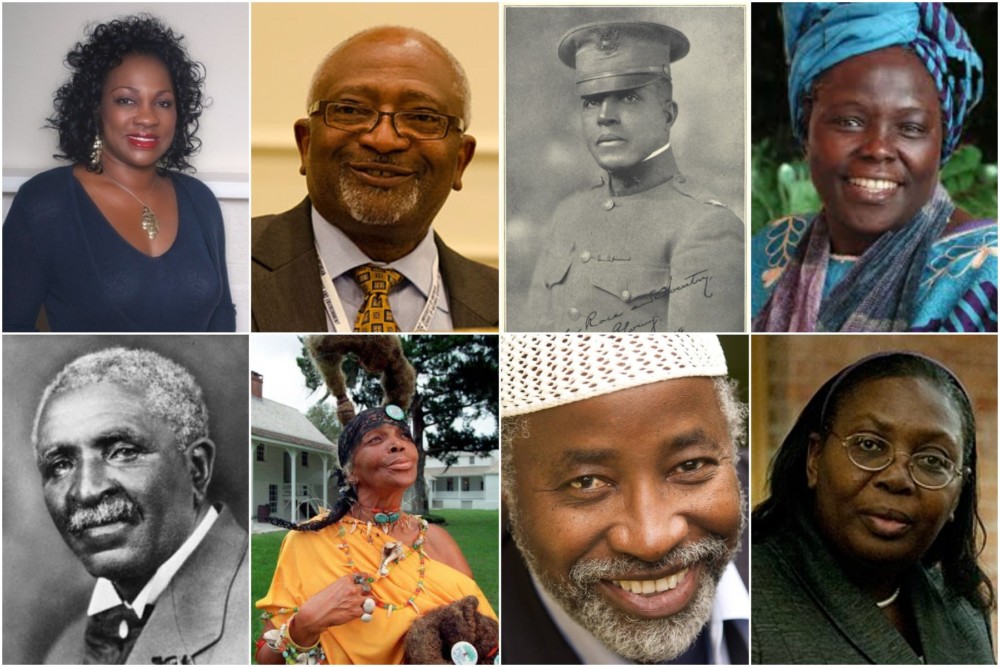
8 Black Environmentalists Who Made History
It’s Black History Month. Let’s reflect on environmentalists who revolutionized environmental justice.
Not only does the sustainability movement face greenwashing, it is often whitewashed as well. Many Black environmental leaders rarely receive the same attention as non-Black scholars and activists.
Here are a few of the people who have made huge impacts in environmental fields, making history with their achievements and advocacy while fighting racism.
George Washington Carver
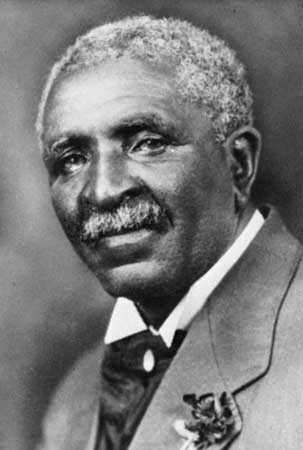
While George Washington Carver is often (incorrectly) credited with the invention of peanut butter, you may not have heard of his other accomplishments like campaigning for racial harmony. Often considered the most important Black scientist of his time, Carver is credited with the invention of the crop rotation technique, which allows farmers to restore nitrogen-depleted soil.
Because crop rotation involved the planting of certain crops such as peanuts and soybeans, Carver always had an excess of these on his hands. As such, he got to work experimenting with their byproducts, eventually becoming known as the “peanut man” for his massive collection of peanut-based inventions.
Born into slavery during the civil war, Carver was able to enroll in public school and eventually became the first Black person to earn a Bachelor of Science degree in 1894 and earned his Master of Agriculture degree from the Tuskegee Institute.
Colonel Charles Young
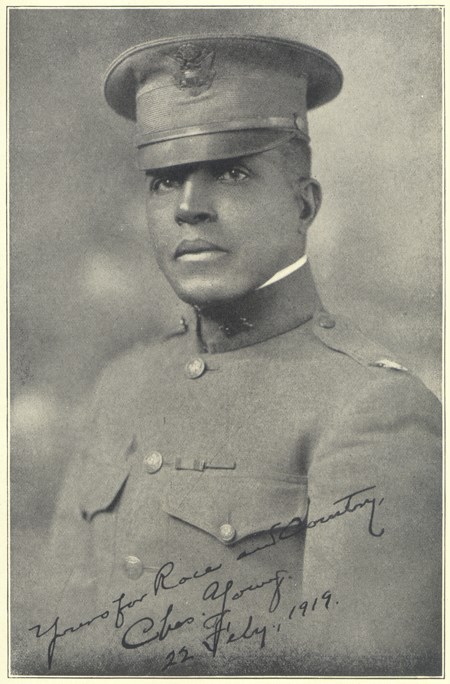
Colonel Charles Young is best known as the first Black U.S. National Parks Superintendent. Like Carver, Colonel Young was born into slavery during the Civil War in Kentucky.
In 1903, Colonel Young was asked to act as superintendent at the Sequoia and General Grant National Parks during the summer. At the time, these parks were only 13 years old and still largely undeveloped, with few roads and a problem with poaching and illegal logging.
In just a single summer, Colonel Young and his troops managed to construct a major road through the parks, build over 18 miles of trail, and completely eliminate poaching incidents. A tree bearing his name stands in Sequoia and Kings Canyon National Park. You can read more about Colonel Young’s life and career here.
Wangari Maathai

An environmental activist from Kenya, Wangari Maathai was the first African woman (and the first environmentalist) to win the Nobel Prize in 2004. After earning her PhD in biology, Maathai founded the Green Belt Movement, an organization which focuses on environmental and gender advocacy, largely through the planting of trees in Kenya.
Due to the nature of her advocacy work, Maathai came under fire from the Kenyan government, which saw her campaigns for environmental justice and gender equality as a threat. Maathai was repeatedly imprisoned, targeted for assassination, and forced to go into hiding.
However, things took a turn for Maathai when she was elected to the Kenyan parliament in 2002. She was appointed as the Assistant Minister in the Ministry of the Environment in 2003 and founded the Mazingira Green Party of Kenya, deepening candidates’ connection to conservation through the Green Belt Movement.
Maathai’s legacy lives on. An award in her name, the Wangari Maathai Forest Champion Award, is given each year through the United Nations Collaborative Partnership on Forests (CPF) to individuals contributing to forest preservation and restoration.
Dr. Robert Bullard
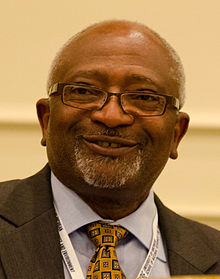
Dr. Robert Bullard, known as the “father of environmental justice”, is a sociologist whose work focuses on the intersection of environmental and racial justice. Dr. Bullard first became interested in the subject while living in Houston, noticing that all of the city’s landfills were located in predominantly Black neighborhoods.
Working as an activist and writing several books, Dr. Bullard joined an advocacy-oriented group of academics known as the Michigan coalition and began campaigning for the Environmental Protection Agency to turn their attention towards environmental equity.
Dr. Bullard was instrumental in the organizing of the first national people of color environmental leadership summit in 1991, where attendees drafted a list of 17 principles of environmental justice.
Dr. Bullard currently serves as Distinguished Professor of Urban Planning and Environmental Policy at Texas Southern University. He has authored 18 books and won numerous awards for his advocacy work.
Dr. Dorceta Taylor
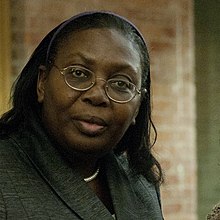
Like Dr. Bullard, Dr. Dorceta Taylor is considered one of the founders of the environmental justice movement. Born in Jamaica, Dr. Taylor became the first Black woman to earn a degree from Yale University’s Forestry and Environmental Studies Program in 1991, the same year she attended the first national people of color environmental leadership summit. Her research focuses largely on topics such as urban agriculture, food insecurity, and food access.
Throughout her career, Dr. Taylor has founded several programs and initiatives which focus on diversifying environmental studies, including the minority environmental leadership development initiative (MELDI), the environmental fellows program (EFP), and the Doris Duke conservation scholars program at the University of Michigan (DDCSP UM).
In 2020, the American Association of Retired Persons (AARP) named Dr. Taylor as one of the people currently continuing the legacy of Dr. Martin Luther King Jr.’s work. She currently works as a Professor of Environmental Justice at the Yale School for the Environment.
Dr. Beverly L. Wright
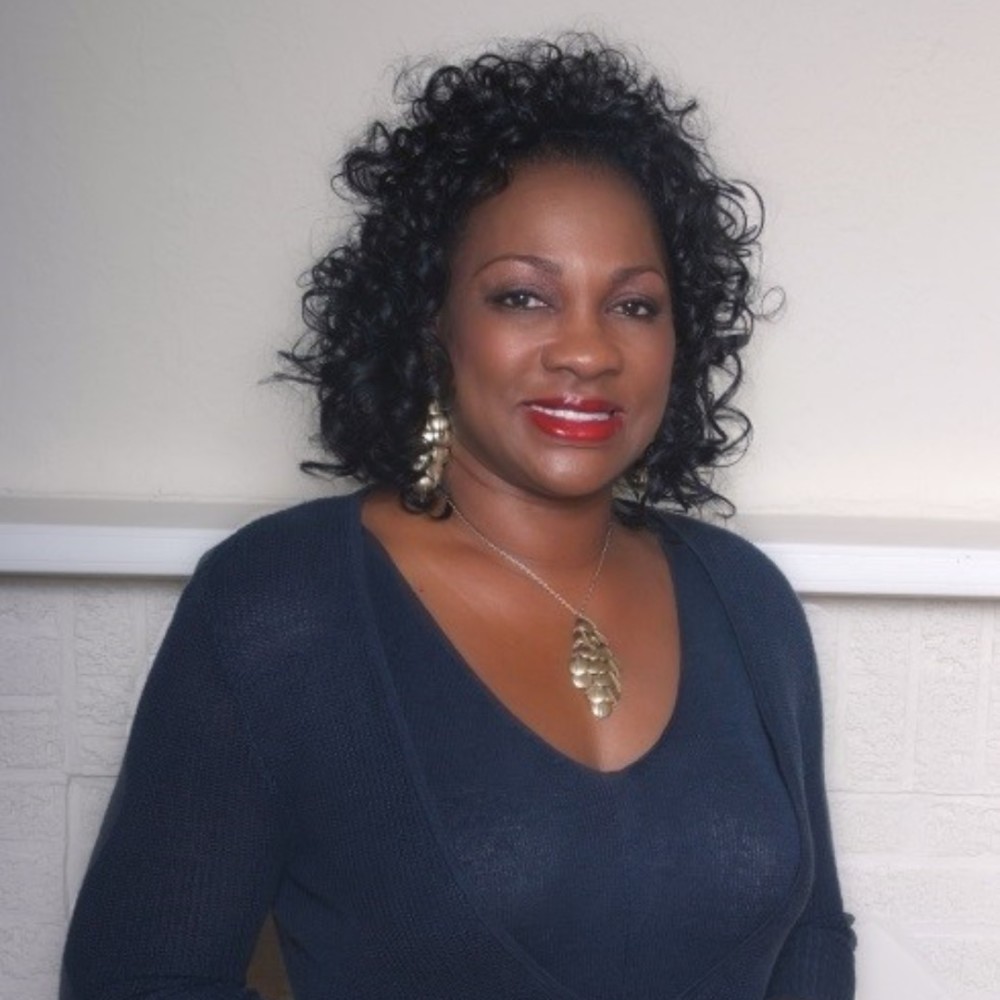
Dr. Beverly L. Wright is a sociologist and environmental justice advocate and scholar.
After earning her PhD at SUNY Buffalo, Dr. Wright went on the found the Deep South Center for Environmental Justice (DSCEJ), an organization which uses research, training, and job placement to address environmental issues and their intersection with racial justice in the Louisiana Mississippi River Chemical Corridor, known as Cancer Alley.
Dr. Wright has spent much of her career as an advocate for Hurricane Katrina victims and has served on numerous boards and committees devoted to environmental justice. She has earned over a dozen rewards and authored 15 books, including several co-authored with Dr. Robert Bullard.
Dr. John Francis
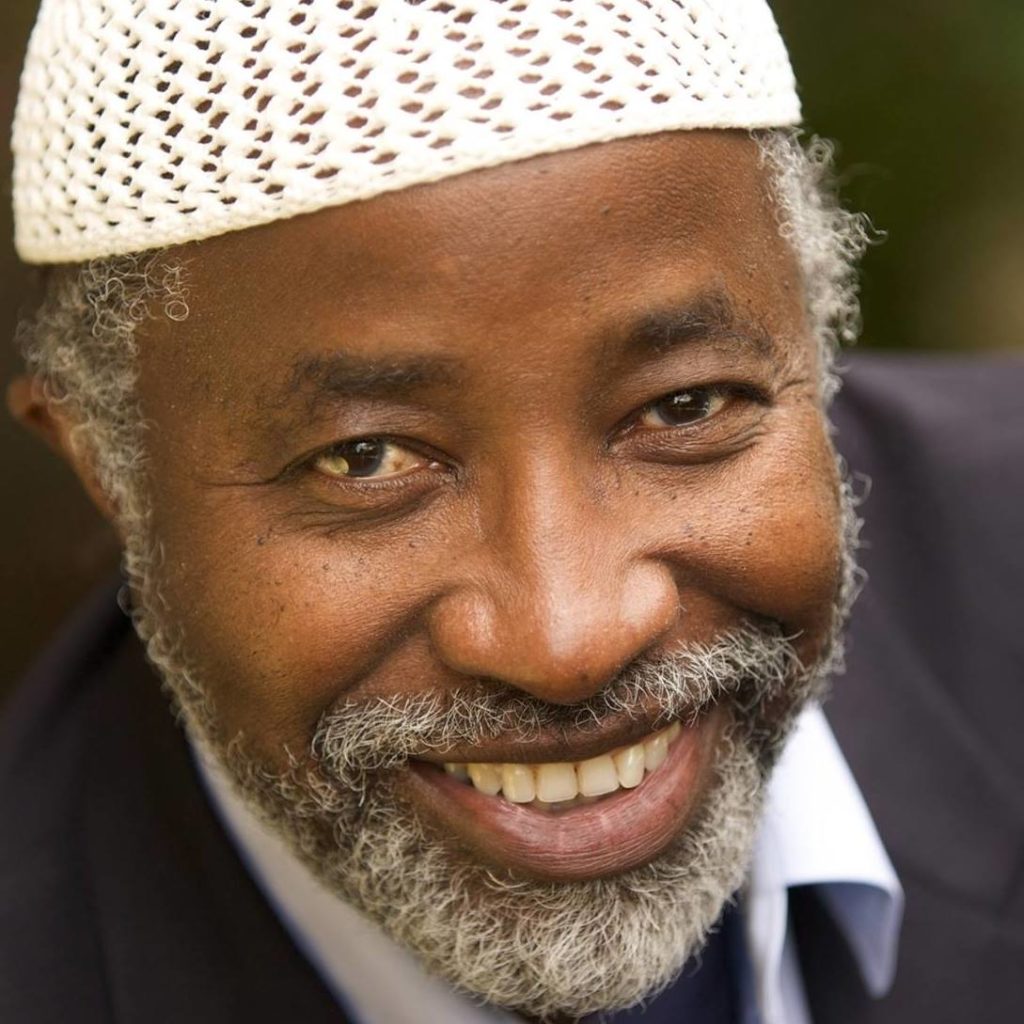
Dr. John Francis grew up in Philadelphia before moving to San Francisco when a large oil spill devastated the San Francisco Bay in 1971. Shocked by the events, Dr. Francis promised to give up all forms of motorized transportation and took a vow of silence which lasted 17 years.
Dr. Francis became known as the “planetwalker”, getting across the entire U.S. on foot and by boat and communicated only with hand signals, written notes, and banjo playing. He even managed to earn a PhD in land management from the University of Wisconsin while staying completely silent.
Dr. Francis has worked at the UN Environment Program as a goodwill ambassador and managed oil spill cleanup with the coast guard. He is the author of Planetwalker: How to Change Your World One Step at a Time.
MaVynee Oshun Betsch
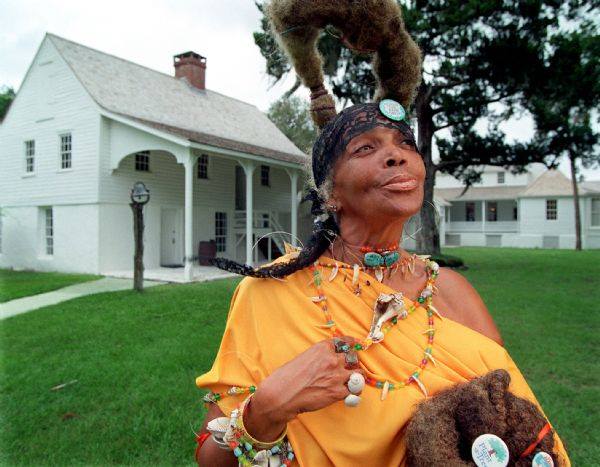
MaVynee Oshun Betsch, also known as the “beach lady” was the great granddaughter of the first Black millionaire of Florida, Abraham Lincoln Lewis. Lewis, who made his fortune by founding the Afro-American Life Insurance Company, developed American Beach, a beachfront community for Black people in Jacksonville, Florida. At the time, Black people were not allowed on Florida’s segregated beaches, and Lewis envisioned a town with affordable beach homes for Black people to enjoy.
After a ten-year stint as a professional opera singer, Betsch decided to return home to Jacksonville to preserve her great grandfather’s dream. She dedicated her life to American Beach, giving away her life’s savings to protect the beach from development and donating to various environmental organizations.
Betsch passed away in 2005 from colon cancer and is memorialized at Nana dune at the beach dedicated in her honor. Betsch also designed the American Beach Museum, which opened in 2014, nine years after her death.









